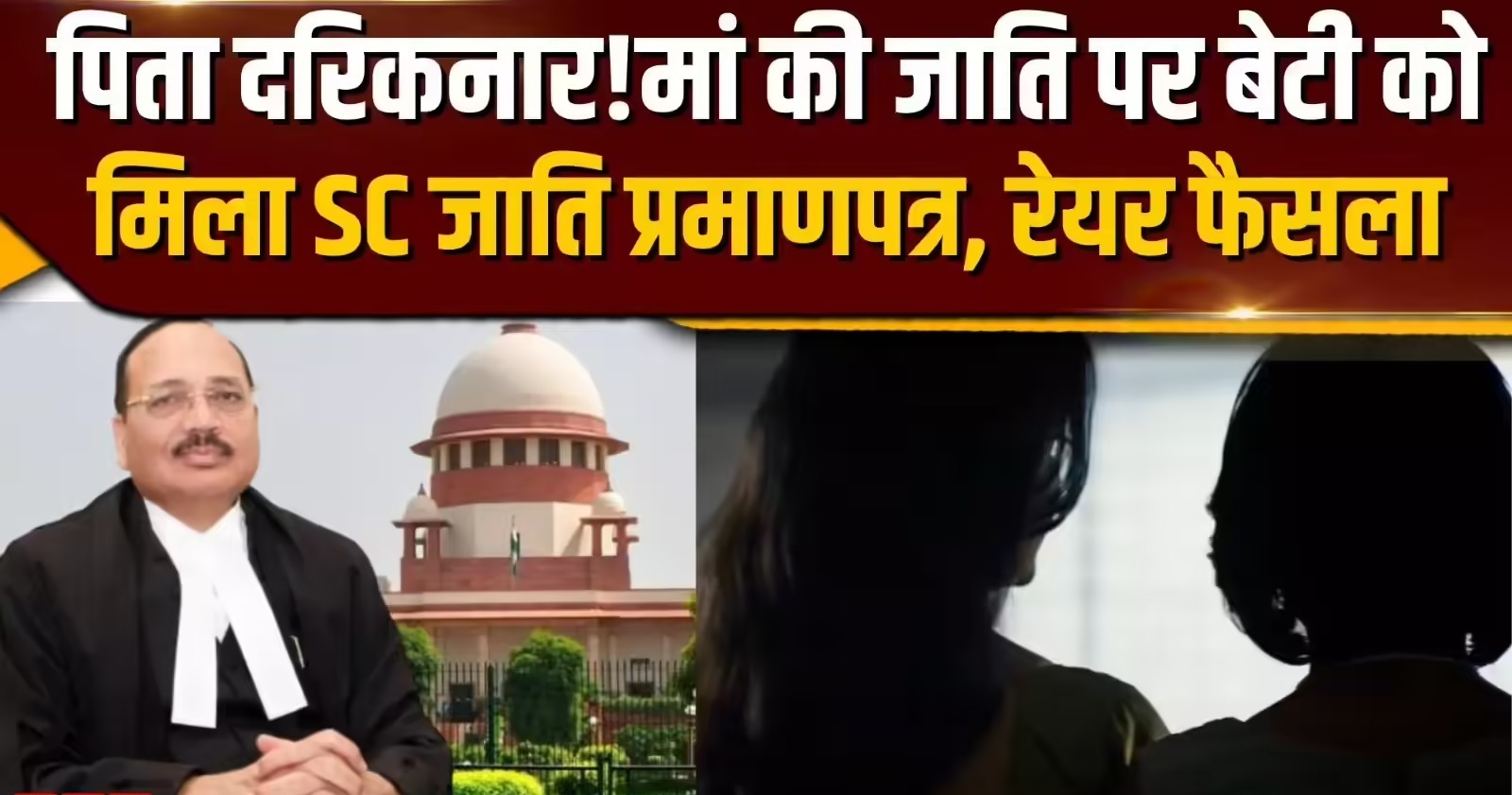@JUDGMENTTAG-ORDER
V.G. Oak, J.@mdashThe decision of these two connected cases turns upon the interpretation of Section 50 of Administration of Evacuee Property Act, 1950 (hereinafter referred to as the Act).
2. The facts of the case are practically admitted. There is at Shahjahanpur a certain property known as Cinema Nishat Talkies. There are several co-sharers in this property. Three brothers, who are opposite parties Nos, 2, 3 and 4 in the writ petition and who may hereinafter be referred to as Malik Brothers, own one-half share in the property. Jumman Khan, who is opposite party No. 8 in the writ petition, owns the other half share in the property. The Malik Brothers admitted opposite parties Nos. 5, 6 and 7 (hereinafter referred to as Bhagi Brothers) as lessees with respect to one-half share owned by Malik Brothers. Jumman Khan went to Pakistan. He was declared an evacuee. His property including one-half share in Nishat Talkies was declared evacuee property. It vested in the Custodian, U. P.
3. In July 1954 the three Malik Brothers filed suit No. 37 of 1954 against Bhagi Brothers for ejectment and for the recovery of a sum of Rupees 7,375/- on account of arrears of rent. On 3-2-1956/ the Assistant Custodian, Evacuee Property, Shahjahanpur moved an application before the learned Civil Judge, Shahjahanpur for being impleaded as a defendant in the suit. That application by the Assistant Custodian was dismissed by the learned Civil Judge by his order dated 2-4-1956.
4. The Assistant Custodian, Evacuee Property, Shahjahanpur has instituted two separate proceedings in this court for getting that order of the Civil Judge dated 2-4-1956 set aside. The first proceeding is Civil Revision No. 637 of 1956. The second proceeding is Civil Miscellaneous Writ No. 1144 of 1956 under Articles 226 and 227 of the Constitution. Both these proceedings are directed against the same order dated 2-4-1956.
5. It was urged on behalf of the Asssistant Custodian that, u/s 50 of the Act he is entitled to be impleaded in the suit. This contention was overruled by the learned Civil Judge on the ground that, Section 50 of the Act has no application to the present case.
6. Section 50 of the Act states:
"50(1). If in any suit it appears to the Civil or revenue court that a question relating to the property of an evacuee or an intending evacuee) is involved, the court shall not proceed to determine that question until after notice has been given to the Custodian.
(2) A court may, at any stage of a suit or proceeding, either on its own motion or on application made in this behalf by the Custodian make an order that the Constitution shall be added as a party to the suit or proceeding if the court is satisfied that such addition is necessary or proper for the satisfactory determination of the suit or proceeding."
7. The question of the scope of Section 50 of the Act came up for consideration in "
8. It may be mentioned here that in April 1955 the Custodian, U. P. allotted Jumman Khan''s one half share in the property in question to Bisheshwar Nath Bhagi, who is opposite party No. 6 in the writ petition. We thus find that Bisheshwar Nath. Bhagi defendant has got a dual capacity. On the one hand he is a lessee from Malik Brothers. On the other hand, he is also an allottee from the Custodian. A decree for ejectment against Bishesh- war Nath Bhagi may have repercussion on his status as an allottee. I, therefore agree with Mr. S. S. Dhawan ap pearing for the petitioner that, the present case does involve a question relating to the property of an evacuee. The case is, therefore, covered by Sub-section (1) of Section 50 of the Act. Sub-section (1) lays down that, in such a case notice has to be given to the Custodian. In the present case the Assistant Cus todian voluntarily appeared before the trial court, and pressed his claim. So there is no longer any question of issuing any notice as laid down in Sub- section (1) of Section 50 of the Act. The question, however, remains whether in view of Section 50 of the Act it was imperative for the learned Civil Judge to implead the Assistant Custodian as a defendant in the suit.
9. That was the direction made by the Punjab High Court in
10. Section 50 of the Act consists of two subsections. Sub-section (1) provides for a notice to the Custodian under certain circumstances. Sub-section (2) lays clown that, the Court concerned may add the Custodian as a party to the suit or proceeding if the Court is satisfied that such a course would be proper. It is to be noted that Sub-section (1) refers to notice only. Sub-section (1) contains no reference to the possible impleading of the Custodian. Mr. Dhawan contended that the notice contemplated by Sub-section (1) necessarily involves an order of the Court impleading the Custodian as a party to the suit. Mr. S. N. Misra appearing for the plaintiffs urged that, even after a notice under Sub-section (1) it is open to the Court to decide not to implead the Custodian.
11. The scheme of Section 50 of the Act is this. If the suit involves a question relating to the property of an evacuee, the Court must give a notice to the Custodian before proceeding to detennine that question. When such notice is given to the Custodian, he gets an opportunity of appearing before the Court. After hearing the Custodian and the original parties to the suit, the Court has to decide the question whether the Custodian should be impleaded in the suit or not. That determination falls under Sub-section (2) of Section 50 of the Act. It may be that the notice mentioned in Sub-section (1) implies Custodian''s right of hearing. But such a right of hearing docs not imply a right to be jmoleaded in the suit. That question has to be determined separately under Sub-section (2) of Section 50 of the Act. So although the case was covered by Sub-section (1) of Section 50, it was not obligatory to implead the Custodian as a party to the suit. That question had to be determined by the trial court in view of all the circumstances of the case.
12. I now proceed to consider whether the learned Civil Judge of Shahjahanpur decided the question as required under Sub-section (2) of Section 50 of the Act. The learned counsel for the Assistant Custo- dian relied upon Section 50 of the Act. The view of the learned Civil Judge was that, this section does not apply to the present case. As discussed above, this view of the trial court was erroneous. Section 50 of the Act did apply to the present case. The learned Civil Judge tried to distinguish the present case from
"As already held that Custodian is not a necessary party in the suit and the decision of this case in no way affects the right of the Custodian, and secondly, the plaintiff does not agree to implead the Custodian as party, under the circumstances I see no force in the application and it is hereby rejected, with costs."
13. The learned Civil Judge was of the opinion that the Custodian is not a necessary party. It has already been mentioned that one of the reliefs claimed by the plaintiffs is ejectment of Bisheshwar Nath Bhugi defendant, who is an allottee of one-half share in the property. In view of Bisheshwar Nath Bhagi''s status as an allottee, there will be difficulty in enforcing a decree for ejectment against him. I am not, therefore, sure that, the Custodian is not a necessary party to the suit. At any rate, the Custodian was a proper party in the suit.
14. The next reason given by the learned Civil Judge is that the plaintiffs were not agreeable to the course proposed by the Assistant Cus-todian. Mr. Dhawan contended that the plaintiff''s wishes were irrelevant. I do not think so. Primarily, it is for the plaintiffs to decide who should be impleaded in the suit. Of course, the court may implead a third party in spite of a protest by the plaintiffs. But it is not correct to say that the plaintiff has got no voice in the matter. Assuming that the Assistant Custodian was necessary or a proper party in the suit, the question remains whether any interference with the order of the learned Civil Judge dated 2-4-1956 is possible u/s 115 C. P. C. or under Articles 226 and 227 of the Constitution.
15. The scope of Section 115, C. P. C. was discussed in
"That question then is, did the Judges of the lower Courts in this case, in the exercise of their jurisdiction, act illegally or with material irregularity. It appears that they had perfect jurisdiction to decide the case, and even if they decided wrongly, they did not exercise their jurisdiction illegally or with material irregularity."
16. Under Sub-section (2) of Section 50 of the Act the trial Court had a discretion on the question whether the Assistant Custodian should be impleaded in the suit or not. The matter was considered by the learned Civil Judge, Shahjahanpur. It may be that the conclusion arrived at by the trial Court is not correct. But that would not be a sufficient ground for interference u/s 115 C. P. C. The trial Court acted within its jurisdiction. There was no material irregularity. So no interference u/s 115 C. P. C. is possible.
17. The scope of a writ of certiorari was discussed by Mootham J. (as he then was) in
18. The first question to be considered by the learned Civil Judge in his order dated 2-4-1956 was the applicability of Section 50 of the Act. He thought that Section 50 of the Act is not at all applicable. As explained above, this view of the learned Civil Judge was erroneous. But that was not the sole basis for deciding that the Assistant Custodian should not be impleaded in the suit. The learned Civil Judge gave two other reasons in support of his decision,
One reason was that the Custodian is not a necessary party. The second reason was that the plaintiffs were not agreeable. There is some ground for questioning the correctness of the opinion that, the Custodian is not a necessary party. But it cannot be said that that opinion discloses a patent error. Nor does the observation that the plaintiffs are not agreeable, disclose any such error. So, although the view of the trial court as regards the applicability of Section 50 of the Act was not sound, the order read as a whole cannot be said to disclose a patent error of law. So no interference is possible under Articles 226 and 227 of the Constitution. Both the connected proceedings must be dismissed.
19. Civil Revision No. 637 of 1956 is dismissed with costs to opposite parties Nos. 1 to 3.
20. The petition under Articles 226 and 227 of the Constitution is dismissed with costs to opposite parties Nos. 2 to 4.

